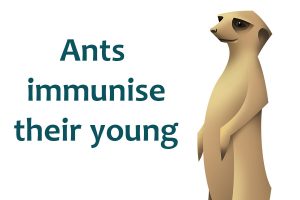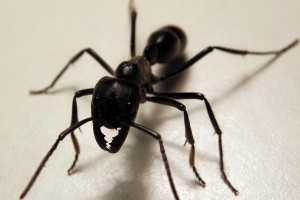Crime and Punishment
Ant societies are remarkably complex and ants exhibit extremely high levels of cooperation. Workers will often sacrifice their own lives to defend the safety of the nest. However, just like human societies, ant nests are also rife with conflict. Where there is cooperation there will always be individuals who try to take advantage and cheat the system.
The defining characteristic of ant colonies (and social insects in general) is reproductive division of labour, where reproduction is dominated by one or a few individuals, known as queens. In this matriarchal system, reproduction is forbidden for most colony members, and in many ant species worker ants are physically incapable of mating. Despite being unable to mate, due to their unusual genetic system, ant workers can still lay male eggs. This gives them the opportunity to try and cheat the system, and in many ant species workers have been found to illicitly try and lay eggs, when the queen isn’t looking. Such crimes do not go unpunished, however, and in many species the honest workers will punish cheaters, either through physical aggression, or by destroying the illegally laid eggs.
Continue reading →



